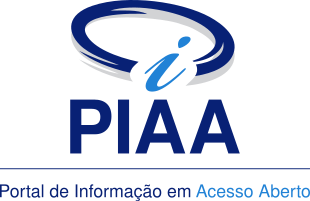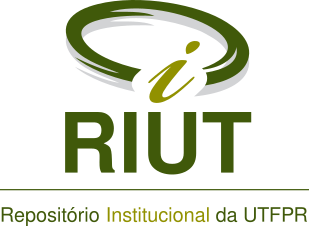Evaluation use of an organic based polymer to replace the inorganic coagulant in slaughterhouse wastewater treatment
Resumo
Food industries, especially slaughterhouses, generate a large amount of wastewater (SWW), which need to be properly treated. Conventional coagulants like iron and aluminium are not biodegradable and have been considered a human and environmental health concern. The objective of this study was to investigate the use of an organic based polymer (NovFloc) replacing the ferric chloride in the coagulation process for the treatment of slaughterhouse wastewater after primary treatment. Preliminary tests were performed to define operating parameters (pH and coagulant concentration), based on the COD reduction. From these results, the assays defined by a CCRD allowed to define the optimal operating parameters for each coagulant, which were pH 7.0 and concentration 6.0 mL.L-1 for NovFloc and pH 4.5 and concentration 100.0 mg.L-1 for ferric chloride. From the assays carried out under optimal conditions for each coagulant it was concluded that the NovFloc was significantly more effective in SWW treatment, presenting as an effective and promising alternative to the use of ferric chloride.
Palavras-chave
Texto completo:
PDFDOI: 10.3895/rebrapa.v11n1.5857
Apontamentos
- Não há apontamentos.
Direitos autorais 2021 CC-BY

Esta obra está licenciada sob uma licença Creative Commons Atribuição 4.0 Internacional.





